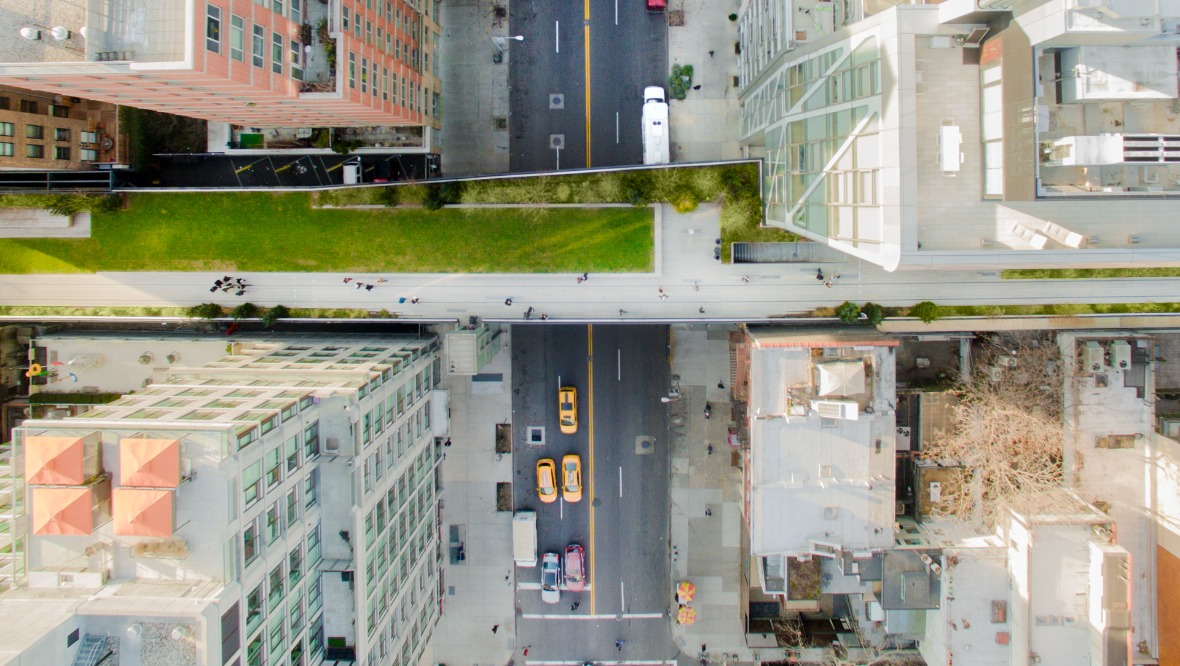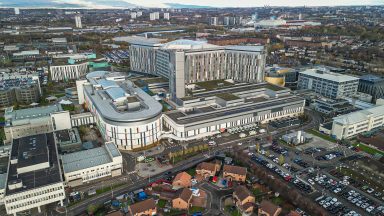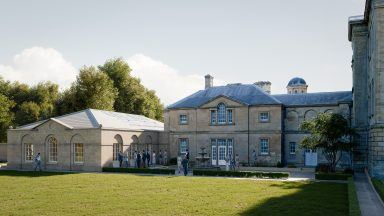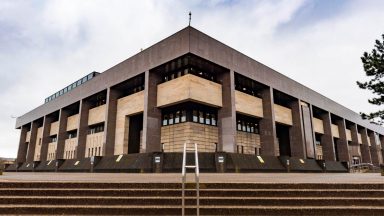Glasgow should take inspiration from New York and develop a ‘High Line’ route alongside the River Kelvin, a city MSP has said.
Labour’s Paul Sweeney believes there is an “amazing opportunity” to develop a “continuous cycle and pedestrian route from Glasgow University to Govan Cross via the north-bank” of the Kelvin.
He claimed there is currently a “half-baked and badly designed segregated cycle route along Old Dumbarton Road and Ferry Road, massively disrupting local residents”.
The MSP believes the council should lead on the work and his call comes days after plans for more than 400 homes in Partick, which included a riverside promenade, were rejected.
Developers behind that scheme had said the “desired” route had been to connect Glasgow University to Govan with a riverside walkway, but that it wasn’t feasible.
Sweeney claims that is “far from the case”.
The idea would see the route connected with the new pedestrian and cycle bridge between Water Row and Pointhouse Quay, with construction on the link between Govan and Partick set to start in January.
A spokesman for Glasgow City Council said the north-bank route is “aspirational” but there are a “number of issues,” including land ownership.
He added the city’s planning team will “continue to require developers to install a riverside promenade”.
The High Line, a linear park which runs for just under one and a half miles, was created on a former New York railroad spur. Owned by the City of New York, it is operated by Friends of the High Line, who campaigned to save the line from demolition and use it as a public space.
Sweeney said assuming a continuous route beside the Kelvin was not viable is “unwelcome” and prevents the city from developing a “truly world-class infrastructure opportunity, akin to New York’s ‘High Line’”.
On Tuesday, an application from KR Developments Group to build 424 flats for private rent, beside the River Kelvin, on a former railway yard at Beith Street was rejected by Glasgow’s planning committee.
It had been backed by council officers but was refused by councillors due to concerns over a lack of social housing in the area and limited daylight for tenants under the proposed designs.
In a statement to the council, the developer had said the north-bank route had been “found to be problematic due to private land ownership” and a “defective railway bridge”.
They said there was “little hope of a through route in the short term” and proposed the promenade “primarily as additional amenity for the residents”.
The current active travel route focuses on Bunhouse Road, Old Dumbarton Road and Ferry Road, but Sweeney said he has received complaints about that path from residents.
Both the Govan-Partick bridge and the Ferry Road cycle route are funded by the City Deal, a £1bn investment from the UK and Scottish governments.
The council spokesman said: “There is no evidence that delivery of the segregated cycle lane at Old Dumbarton Road and Ferry Road has resulted in any significant disruption to local residents.”
He added: “The City Deal investment will improve the quality of active travel infrastructure from the University of Glasgow to the proposed Govan-Partick bridge — following completion of the works, the university will be within 20 minutes’ walk of Govan Cross and five minutes’ cycle.
“The connection along the north bank of the River Kelvin does not connect to the proposed Govan-Partick bridge, which will land on the opposite bank of the Kelvin adjacent to the Riverside Museum.
“The north-bank route is identified as an aspirational route and officers within the council’s planning team will continue to require developers to install a riverside promenade as part of development proposals.
“There are, however, a number of issues that impact upon deliverability of the north bank route, including local topography and third-party ownership of land and structures.”
Sweeney said there had been plans for another bridge, crossing to the Riverside Museum, in proposals for a Glasgow Harbour retail development.
That plan has now been withdrawn, but the MSP said a bridge could still be delivered.
By local democracy reporter Drew Sandelands
Follow STV News on WhatsApp
Scan the QR code on your mobile device for all the latest news from around the country


 iStock
iStock

























